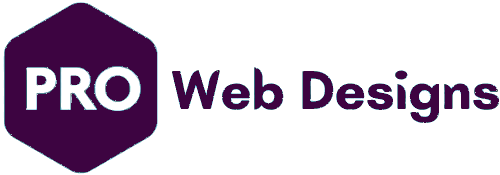JavaScript Çərçivələri ilə Veb İnkişafı: React, Angular və Vue.js
IntroductionIn the dynamic realm of web development, JavaScript has emerged as the ubiquitous language for creating interactive and engaging user interfaces. However, the complexity of modern web applications often demands more than just raw JavaScript. This is where...
Front-End vs. Back-End Development: Understanding the Differences
IntroductionIn the dynamic realm of web development, two fundamental disciplines work in harmony to bring websites and web applications to life: front-end development and back-end development. While often misunderstood as interchangeable terms, they represent distinct yet...
Choosing the Right Programming Languages for Web Development: A Comprehensive Guide
IntroductionThe realm of web development is a vibrant tapestry woven from a multitude of programming languages, each with its unique strengths and characteristics. Selecting the right languages for your web development projects is crucial for ensuring efficiency,...
Web Development Basics: A Comprehensive Guide for Beginners
Introduction to Web DevelopmentWeb development encompasses the skills and techniques involved in creating and maintaining websites. It’s a dynamic and ever-evolving field that encompasses a wide range of tasks, from designing user interfaces to building complex web...
Təkmilləşdirilmiş Dizayn üçün Xüsusi JavaScript və CSS-in inteqrasiyası: İnternetin gücünü ortaya çıxarmaq
IntroductionIn the dynamic realm of web development, JavaScript and CSS stand as the cornerstone of front-end development, empowering you to craft visually appealing, interactive, and user-friendly websites. While pre-built themes and frameworks provide a solid foundation,...








